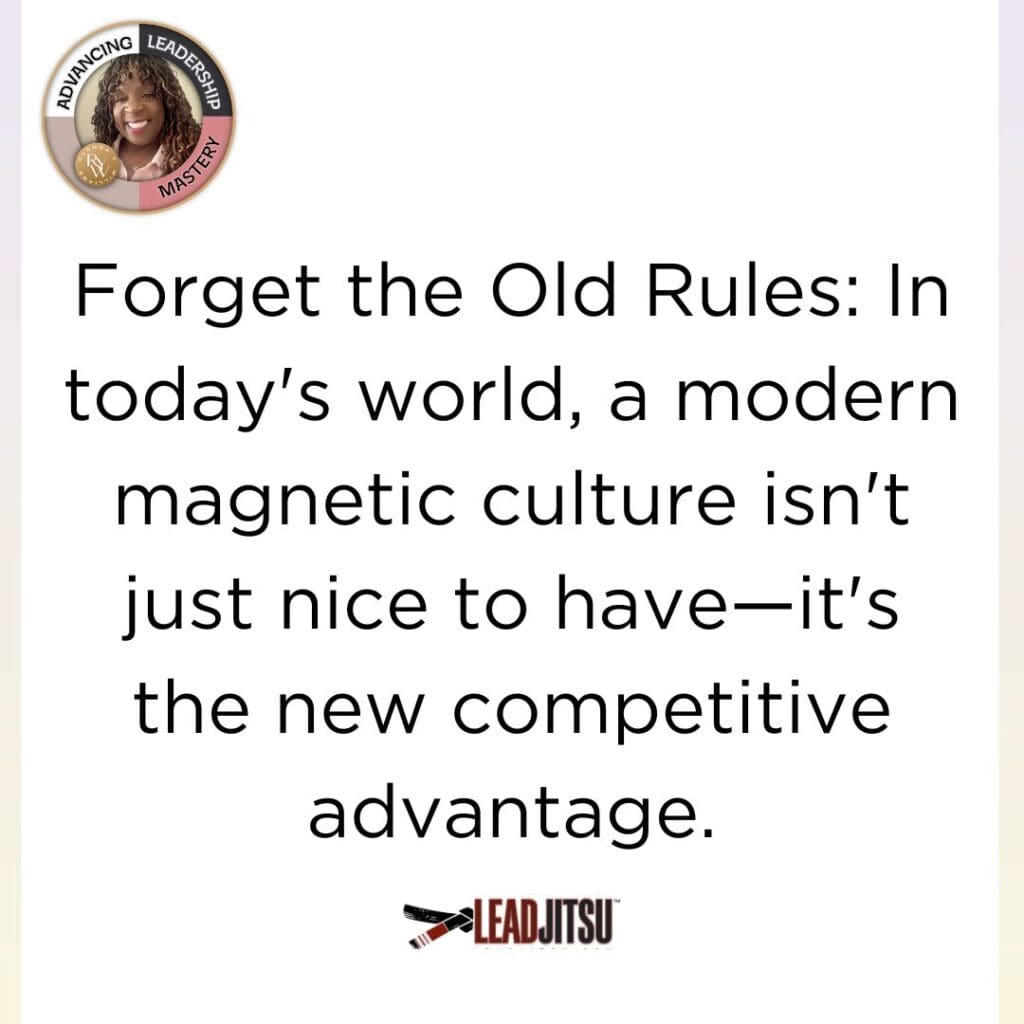The Workplace Landscape Continues to Change... Rapidly
In a monumental shift, the Federal Trade Commission (FTC) has issued a ruling that outlaws non-compete clauses across the board. This decision, a seismic event for the labor market, promises to reshape the landscape of employment in the United States. Here’s what you need to know about this pivotal change and how it impacts both employers and employees.
Understanding the Ruling
Non-compete agreements have traditionally been a tool for employers to limit where employees can work after leaving a company, ostensibly to protect trade secrets and proprietary knowledge. However, the FTC has now labeled these agreements as unfairly restrictive, pointing out that they have been used to unjustly tether employees to their current employers, limiting their ability to seek better opportunities and suppressing wage growth as a result. The FTC’s bold move to ban these agreements suggests a push towards a more liberated workforce where skills and talents are freely mobile.
Implications for Employers and Employees
For Employees: This ruling is a clear win. It promises more freedom to switch jobs and leverage competitive offers to secure better salaries and benefits. According to an FTC study, non-compete agreements have historically reduced wages by up to 17% by hindering employees’ negotiation capabilities.
For Employers: The ban demands a strategic pivot. Companies can no longer rely on legal bindings to retain talent. Instead, they must create environments that employees choose not to leave. This means investing in corporate culture, enhancing leadership quality, and improving workplace satisfaction.

Key Strategies for Retaining Talent Post-Ban
Invest in People
- Training and Development: Foster a culture of growth and learning. Companies that invest in employee development see a 28% higher retention rate (Source: LinkedIn Learning). Training programs not only upskill employees but also signal a company’s commitment to its workforce.
Foster Openness and Innovation
- Feedback Culture: Establish channels for continuous feedback, allowing employees to influence their work environment and feel valued. Companies that excel in internal communication are 4.5 times more likely to retain the best employees (Source: Inc. Magazine).
Lead with Integrity and Vision
- Transparent Leadership: Transparency in decision-making builds trust and loyalty. A study by the Harvard Business Review found that 70% of employees are more engaged when senior leadership continually updates and communicates company strategies.
The Elephant in the Room
Many will say this ruling puts company IP or customers at risk or at a disadvantage. That may be true. However, there are other ways to protect intellectual property without limiting an employee’s ability to seek other work options. Regarding the cry of sales departments losing customers, isn’t that a part of how the free market works?
As always, employers and other corporate advocacy groups will respond, and they should.
Conclusion: A New Competitive Edge
The ban on non-competes strips down an outdated method of workforce control and opens up a new era of human capital management. As businesses face the reality of this ruling, the onus is on leadership to adapt and innovate. By focusing on creating a workplace where employees are engaged, valued, and integral to the company’s vision, businesses can not only comply with the new legal landscape but thrive within it.
Embrace this change with the right strategies and tools. At LEADJITSU, we specialize in equipping leaders with the skills necessary to foster a compelling corporate culture and build a resilient, committed team. Contact us today to learn how we can help your organization navigate this new era of workforce freedom.
Click here to access the ruling.
